A Tale of Two Crus
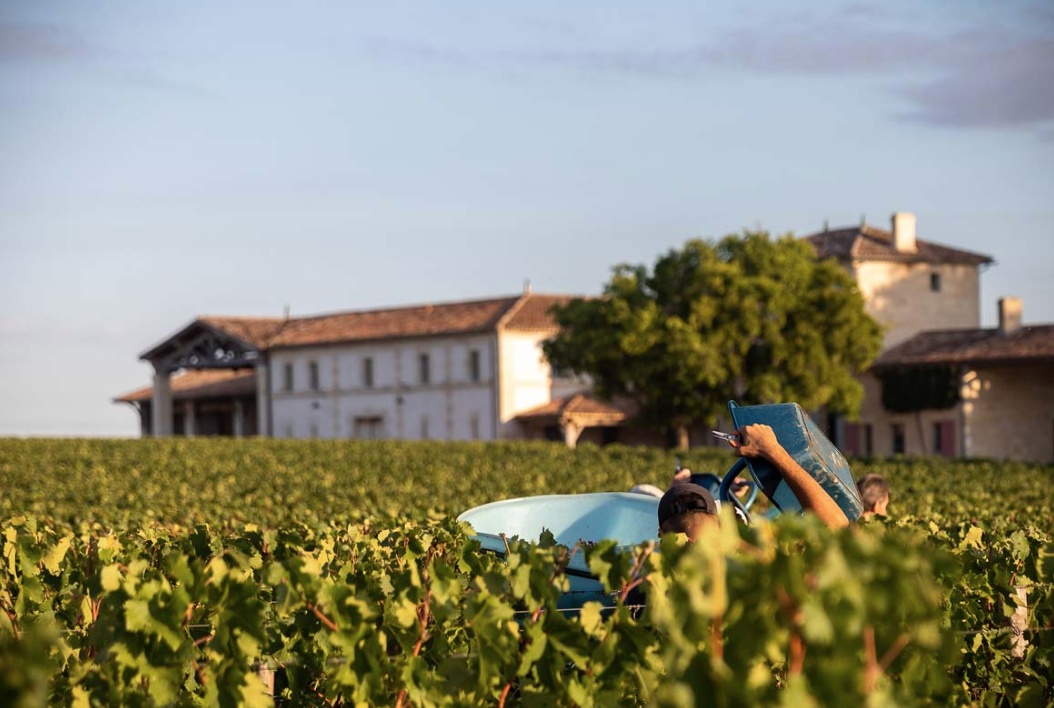
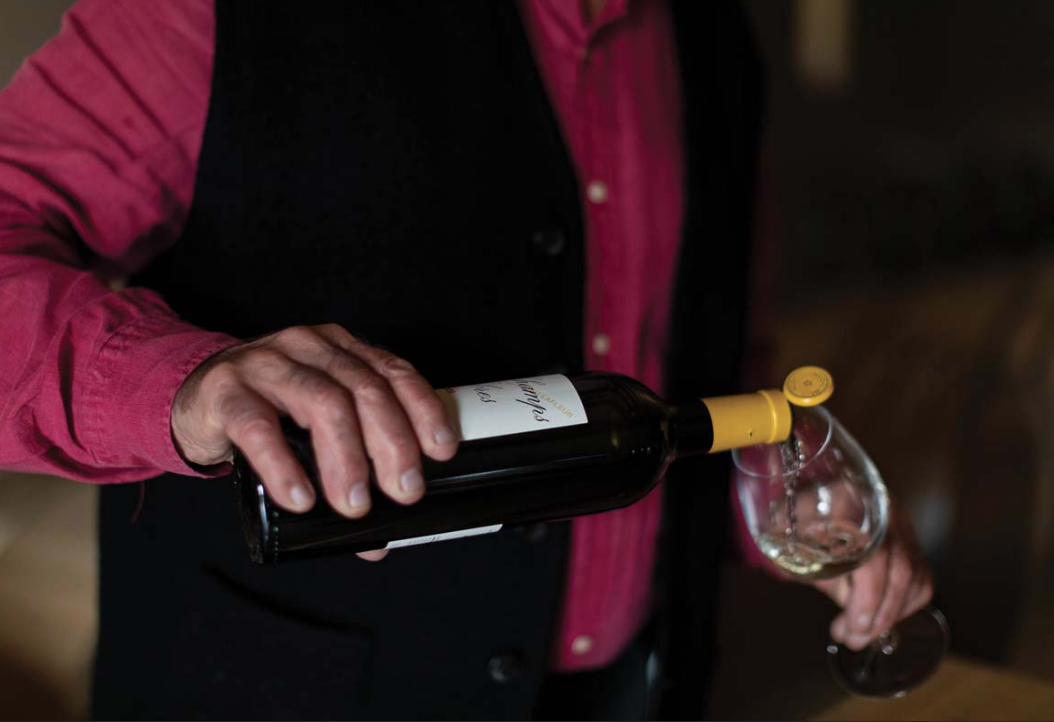
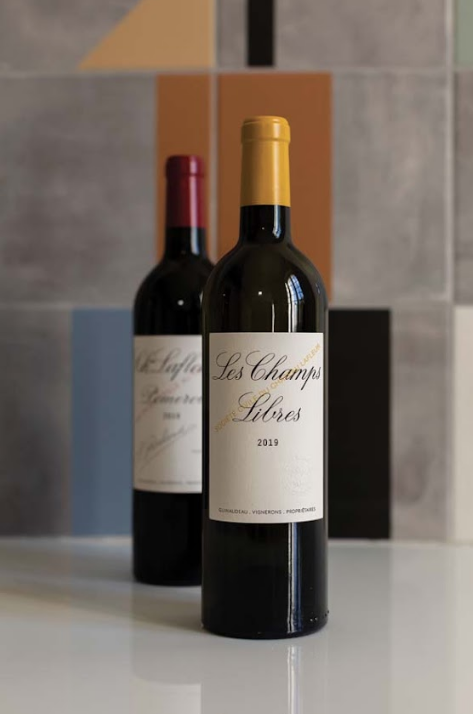
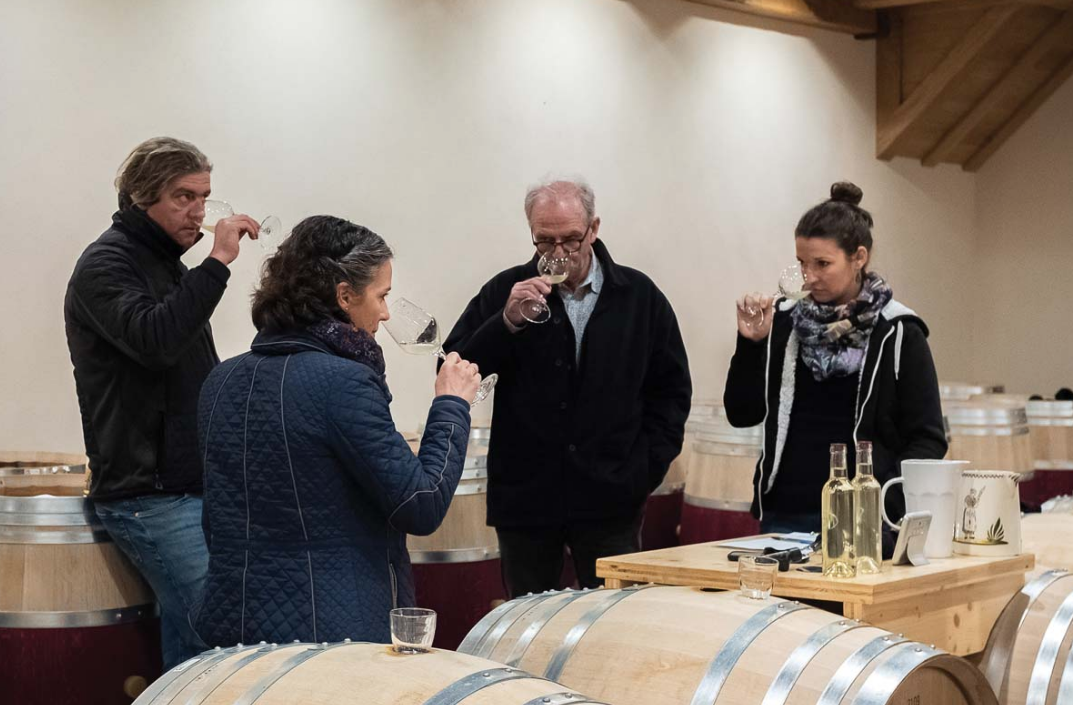

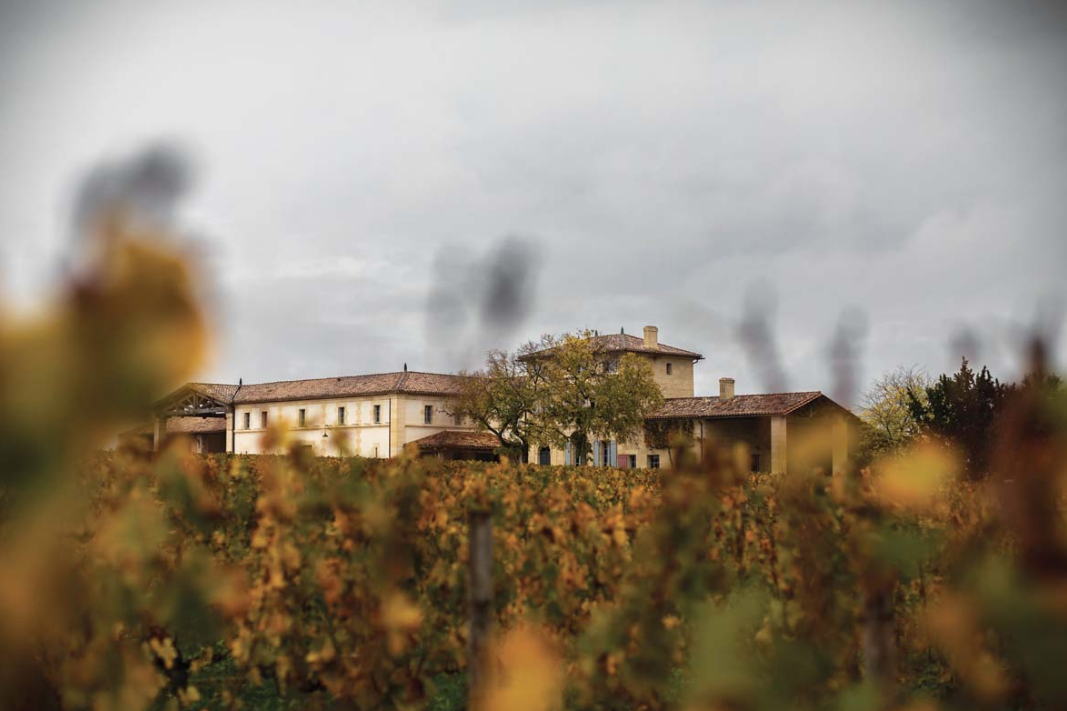
Usually, doing nothing and changing nothing results in stasis, no growth or development. Competitors surpass you, and the world evolves, leaving you behind. With innovation comes improvement, efficiency, and even better quality. However, in this wine story, doing nothing and changing nothing has helped preserve something precious and even mythical: the health and genetic heritage of the vineyard known as Château Lafleur.
The Château was founded in 1872 by Henri Greloud, who bought the 4.5-hectare vineyard in the hamlet of Lafleur. From this, Greloud derived the name and ‘baptized’ the property as Château Lafleur. By Bordeaux winemaking standards, it's not a large plot and its square shape has led many to call it a ‘garden’.
At that time, most Pomerol wine was blended from various estates and sold to merchants in barrels, losing the distinctiveness of the individual vineyards. However, Greloud decided to keep Lafleur separate, bucking the trend of the day.
After Greloud's death in the 1920s, the estate passed onto André Robin, his relative, who also worked as a wine merchant in nearby Libourne. His industry knowledge made him passionate about Lafleur's vineyard, planting only the best Bouchet (as Cabernet Franc is known in this area) and Merlot. He fervently believed that quality came from the vineyard.
Robin died in 1946, leaving two daughters, Thérèse and Marie, both spinsters with no children. It was then that the ‘do nothing and change nothing’ philosophy truly took hold. Post-World War II, the prevailing wine philosophy was about maximizing production and consistency. This era saw the rise of clonal vine selections to eliminate diseases, increase yields, and provide more production certainty. At the same time, chemical treatments surged in popularity. Pesticides and herbicides became as ubiquitous as a baguette in a bakery. Such practices sapped soil vitality and reduced plant diversity. The Robin sisters staunchly refused all of it, never resorting to chemicals, always using an oxen plow, and avoiding trendy clones. Nor did they replant vines, even leaving gaps where vines died. The outcome? A vineyard teeming with old, untouched vines. Thérèse passed away in 1984, and Marie handed the reins to Jacques Guinaudeau, the great-great-grandson of Henri Greloud, and his wife Sylvie in 1985. What more could an aspiring winemaker wish for?
Located near the center of Pomerol’s plateau on Bordeaux’s right bank, Château Lafleur is exceptional. Unlike many Pomerol vineyards dominated by clay, Lafleur boasts sandy clay and gravel — a soil type commonly found on Bordeaux's left bank. With a nearly 50/50 planting of heritage Bouchet (aka Cabernet Franc) vines and Merlot, the wine mirrors this balance. When Guinaudeau assumed control, he prioritized the Grand Vin of Château Lafleur, introducing a 'second wine' in 1987 called Les Pensées de Lafleur. However, since 2000, Les Pensées has evolved into its own Cru, sourced from a 0.7-hectare plot with more typical Pomerol clay and less gravel. Thus, Château Lafleur now boasts two distinct Crus: Château Lafleur and Les Pensées.
Château Lafleur is a wine of legend. As a Master Sommelier, I’ve tasted Château Lafleur only a handful of times, each a privilege. The 2006 vintage, now seventeen years old, is just beginning to bloom. Its bouquet dazzles with notes of sweet and tart black and blueberries, spent coffee grains, mocha, milk chocolate, wildflowers, wet stones, and a hint of fresh leather.
While Château Lafleur is elusive, with only 14,000 bottles produced annually, Les Pensées is rarer still, averaging about 3,000 bottles. Fortunately, the Guinaudeau family also crafts two other reds from a distinct area: Les Perrières (the Premier Cru of the stable in Burgundian terms) and Château Grand Village Rouge (the village level offering). Both wines, while hailing from different terroirs, bear the imprint of the same vine growers, philosophy, and winemaking team. Two stellar white wines complete the portfolio: Les Champs Libres, a pure Sauvignon Blanc, and Château Grand Village Blanc, which incorporates 20% Sémillon.
Owned by the same family since 1872, Château Lafleur’s lineage remains robust. The newest generation, Baptiste (son of Jacques) and his wife Julie, have now fully integrated into the estate. Under their influence, the white wines have garnered a strong and growing following — I’m among the admirers. May they embrace the future with their ancestors’ patience and focus on producing nothing less than exceptional wine.
